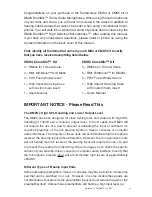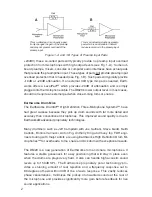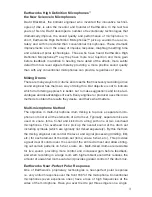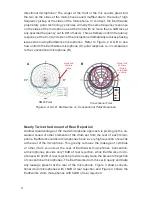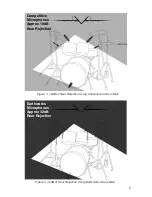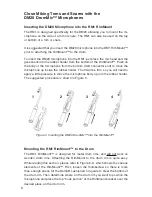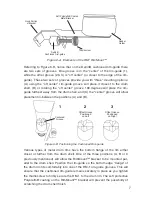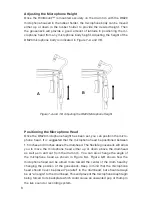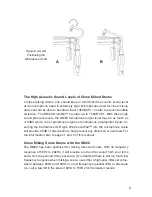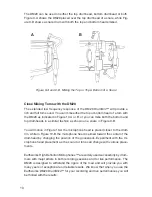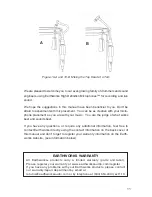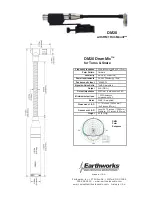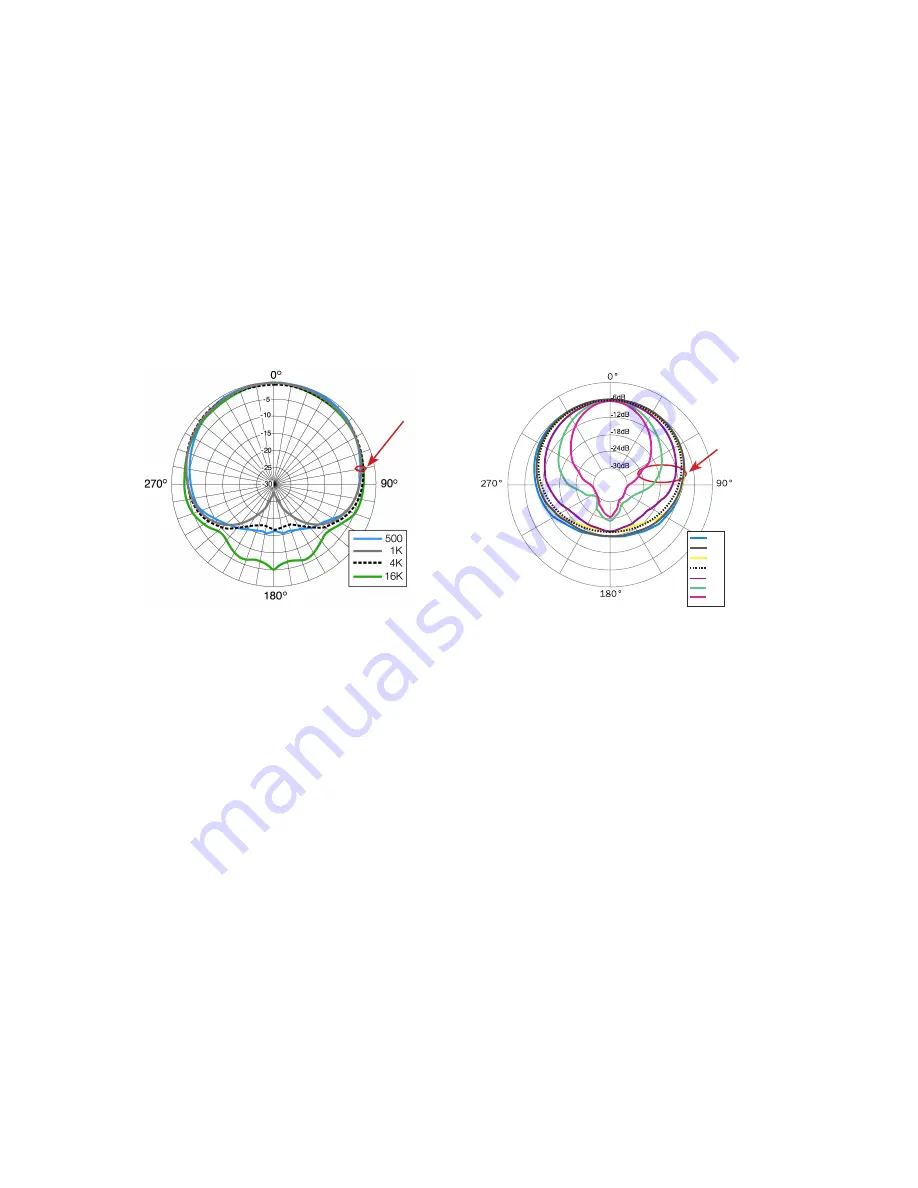
directional microphone? The singer at the front of the mic sounds great, but
the two on the sides of the microphone sound muffled due to the lack of high
frequency pickup at the sides of the microphone. In contrast, the Earthworks
proprietary polar technology provides virtually the same frequency response
on the sides of the microphone as at the front with no more than a 3dB loss at
any specified frequency out to 80º off-axis). This extremely uniform frequency
response at the front and sides of the microphone dramatically reduces phasing
issues when using Earthworks microphones. Refer to Figure 2 A & B to see
how uniform the Earthworks microphone (A) polar response is, in comparison
to the conventional microphone (B).
Nearly Twice the Amount of Rear Rejection
Another disadvantage of the multi-microphone approach is picking up the un-
wanted sound of other elements of the drum set from the rear of each micro-
phone. Earthworks cardioid microphones have a very high rejection of sounds
at the rear of the microphone. This greatly reduces the leakage of cymbals
or other drum sounds at the rear of Earthworks microphones. Convention-
al microphones provide only 18dB of rear rejection, while Earthworks micro-
phones with 32dB of rear rejection provide nearly twice the amount of rejection
of conventional microphones. The Earthworks drum mics will nearly eliminate
any leakage present at the rear of the microphone. Figure 3 shows conven-
tional drum microphones with 18dB of rear rejection and Figure 4 shows the
Earthworks drum microphones with 32dB of rear rejection.
4
A
DM20 Polar
Conventional Polar
Earthworks SR30 Cardioid
500
1K
2K
4K
8K
15K
Competitive Cardioid
500
2K
15K
10K
1K
20K
5K
500
1K
2K
4K
8K
15
B
Within 3dB
500Hz to
16kHz
Within 12dB
500Hz to
15kHz &
Within18dB
to 20kHz
Figure 2-A & 2-B Earthworks vs. Conventional Polar Response
Содержание CMK4 CloseMic Kit
Страница 1: ...CMK4 CMK5 User s Guide CloseMic Kit...
Страница 2: ......
Страница 14: ...12 NOTES...
Страница 15: ......



